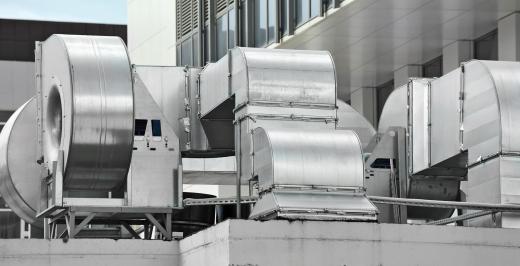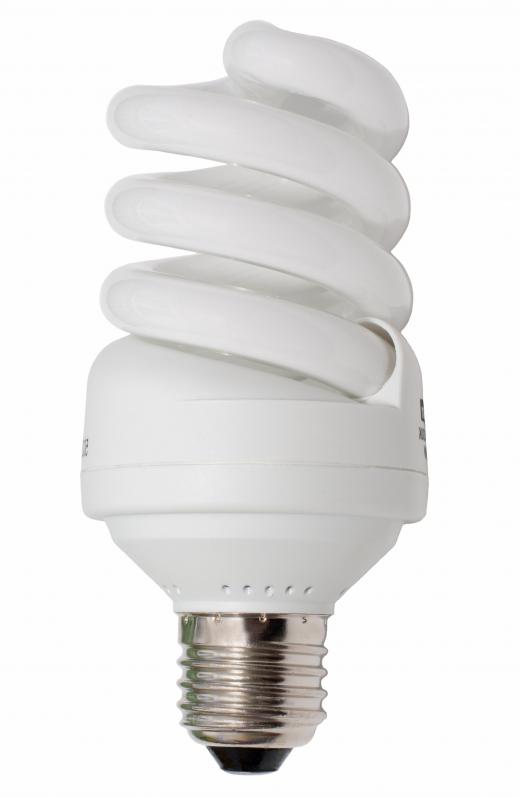Electricity demand is the amount of electricity being consumed at any given time. It rises and falls throughout the day in response to a number of things, including the time and environmental factors. Managing demand is key for utilities, and this became an increasing issue at the end of the 20th century, as utilities struggled to balance electricity needs with aging electrical grids. The infrastructure behind the electrical grid is woefully outdated in many regions of the world, presenting a potential serious threat to economic well being.
One problem with electricity is that it does not lend itself well to storage. As a result, utilities typically generate power in an on-demand style, ramping up electricity generation when energy demand rises, and slacking off when the demand falls. Storing electricity is extremely inefficient with existing technology, making it difficult for utilities to bank energy against a time of sudden demand.

Electricity demand can fluctuate wildly. At 5:00 AM during temperate weather, for example, demand is usually very low. People don't have climate control systems on, heavy machinery is often not running, and people aren't engaging in activities like cooking, washing dishes, running hot water heaters, and so forth in large numbers. In contrast, at 3:00 PM on a hot day, demand can spike, with businesses requiring a lot of electricity to run their equipment while people run air conditioners to keep cool.

The difference between extremes is important, because utilities must be able to match demand with supply. This means that generators may be taken on and offline, and slowed or sped up to provide what's needed. Utilities also need to balance needs like taking generators fully offline for maintenance and shutting down part of the grid for repairs. When a utility has to shut down a power plant, it needs to know that the electricity demand can be met by other facilities.

One approach to managing electricity demand is building more generation facilities that can be brought online to manage peaks. Another solution is to encourage consumers to moderate their electrical consumption. For example, people may be encouraged to purchase energy efficient appliances, to use equipment that automatically shuts off when idle, and so forth. These tactics reduce energy demand and help to curb the steady rise in demand that has been documented in many regions of the world.
For those who are curious, some governments maintain charts online which track the demand for electricity throughout the day. People can use these charts to look at national as well as regional electricity consumption.
Ever since she began contributing to the site several years ago, Mary has embraced the exciting challenge of being a About Mechanics researcher and writer. Mary has a liberal arts degree from Goddard College and spends her free time reading, cooking, and exploring the great outdoors.

